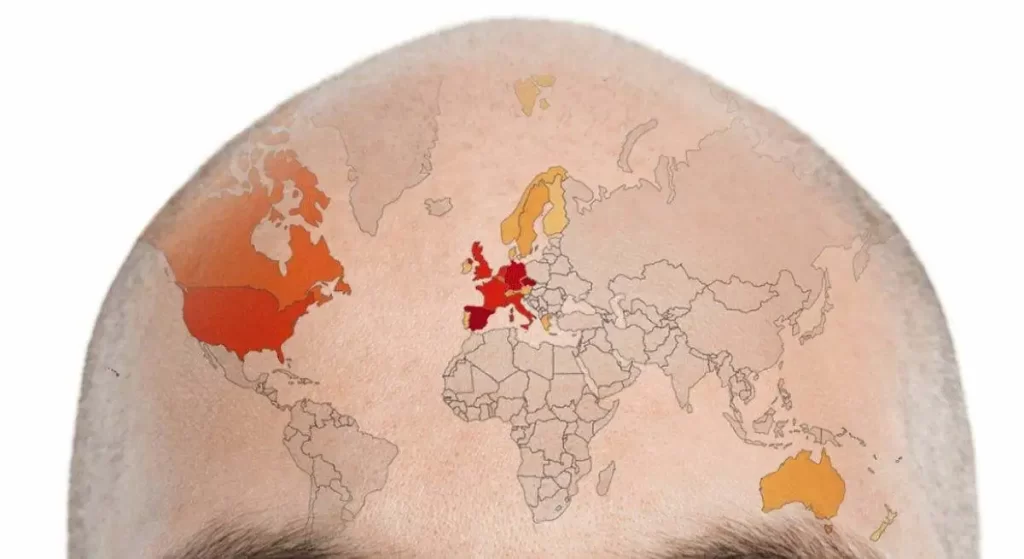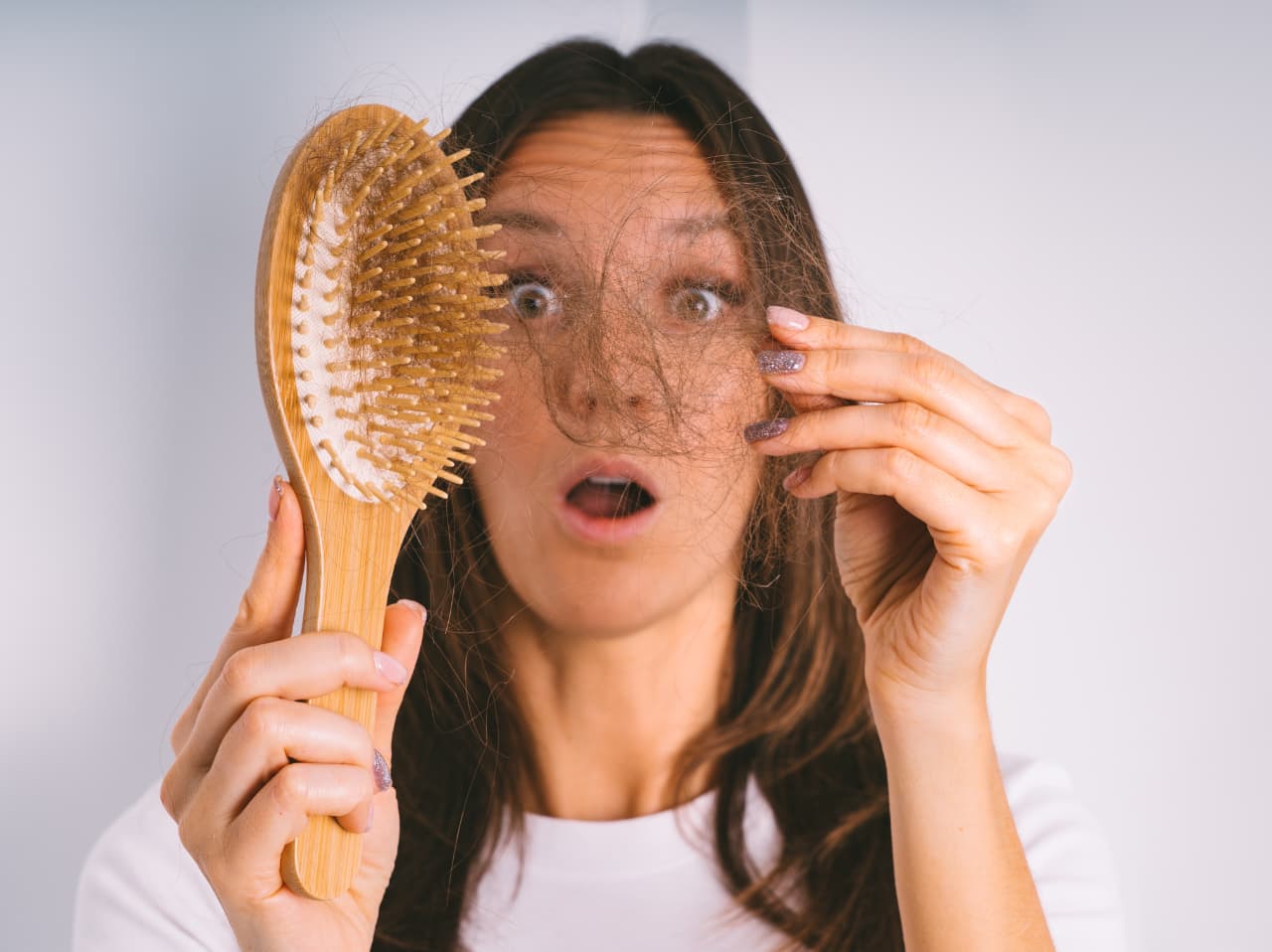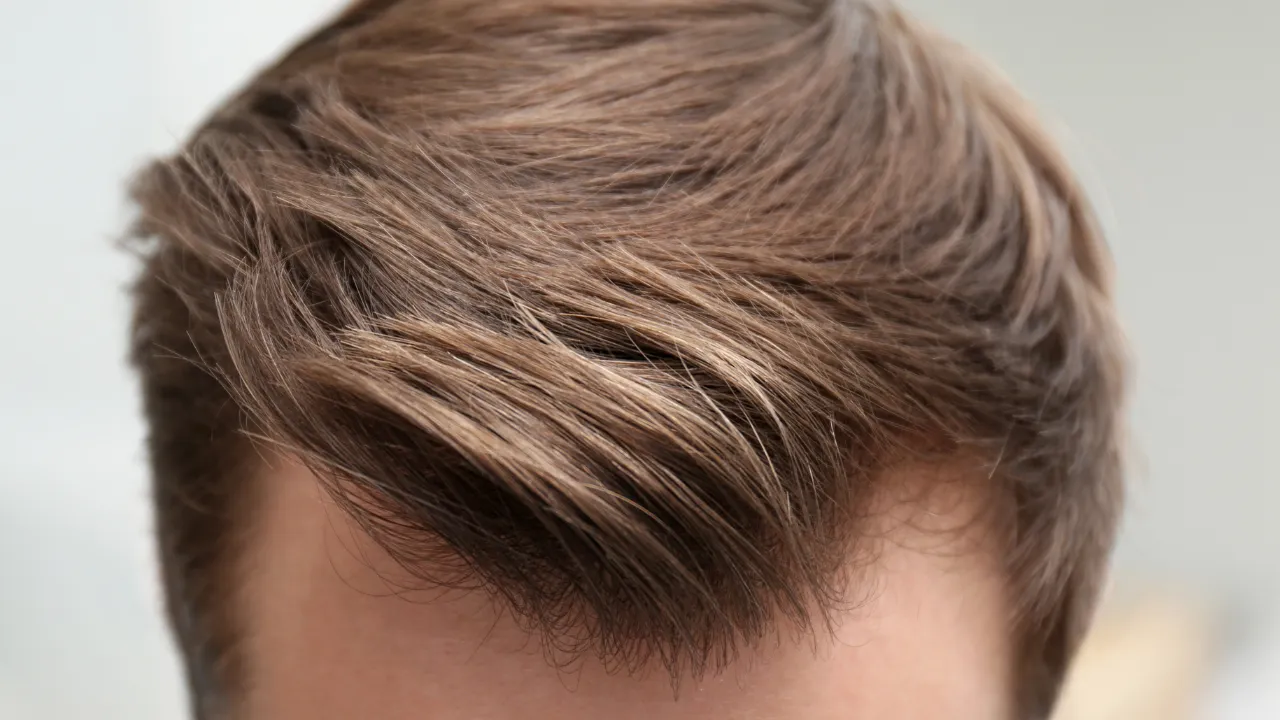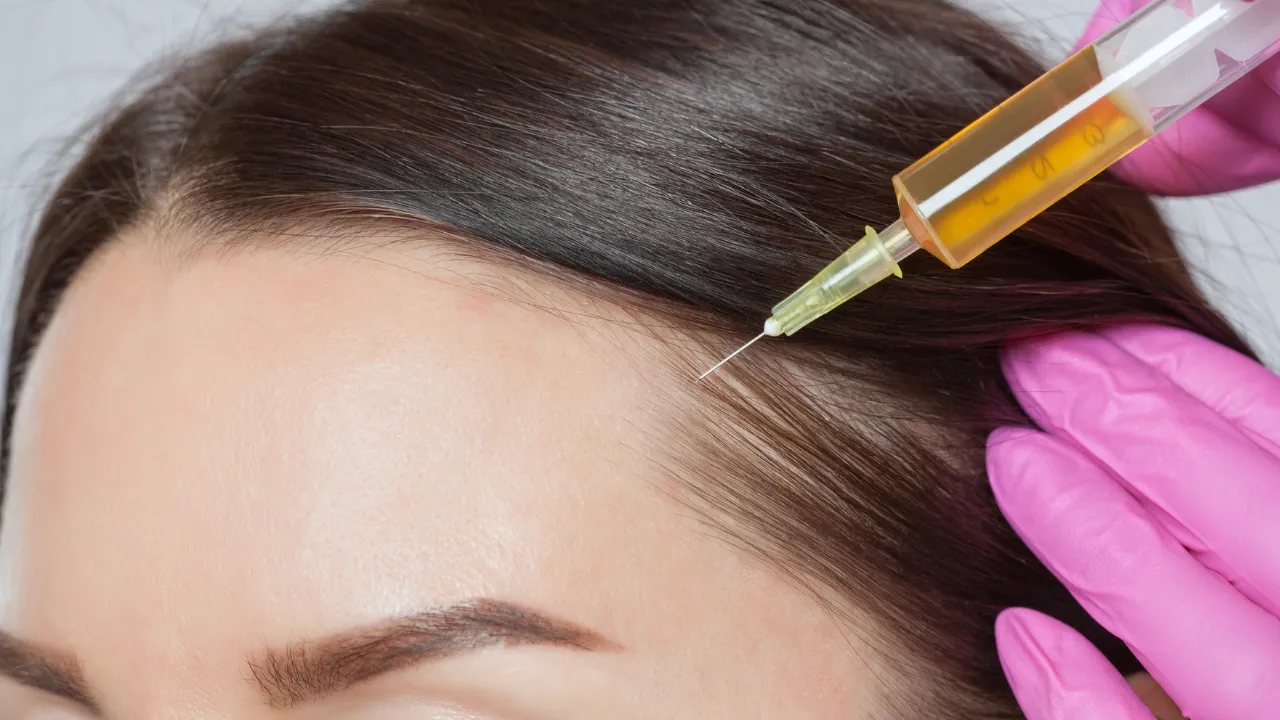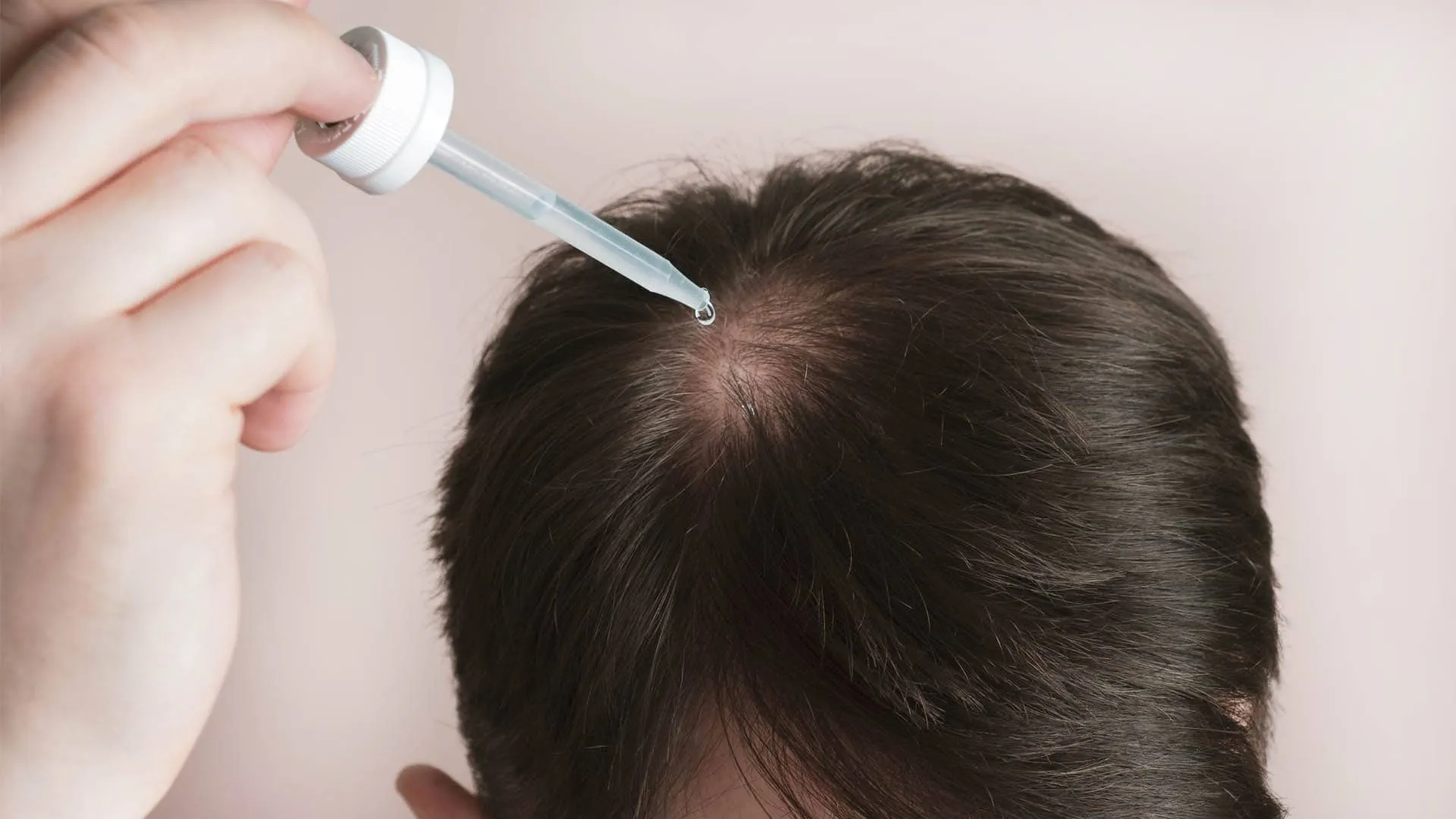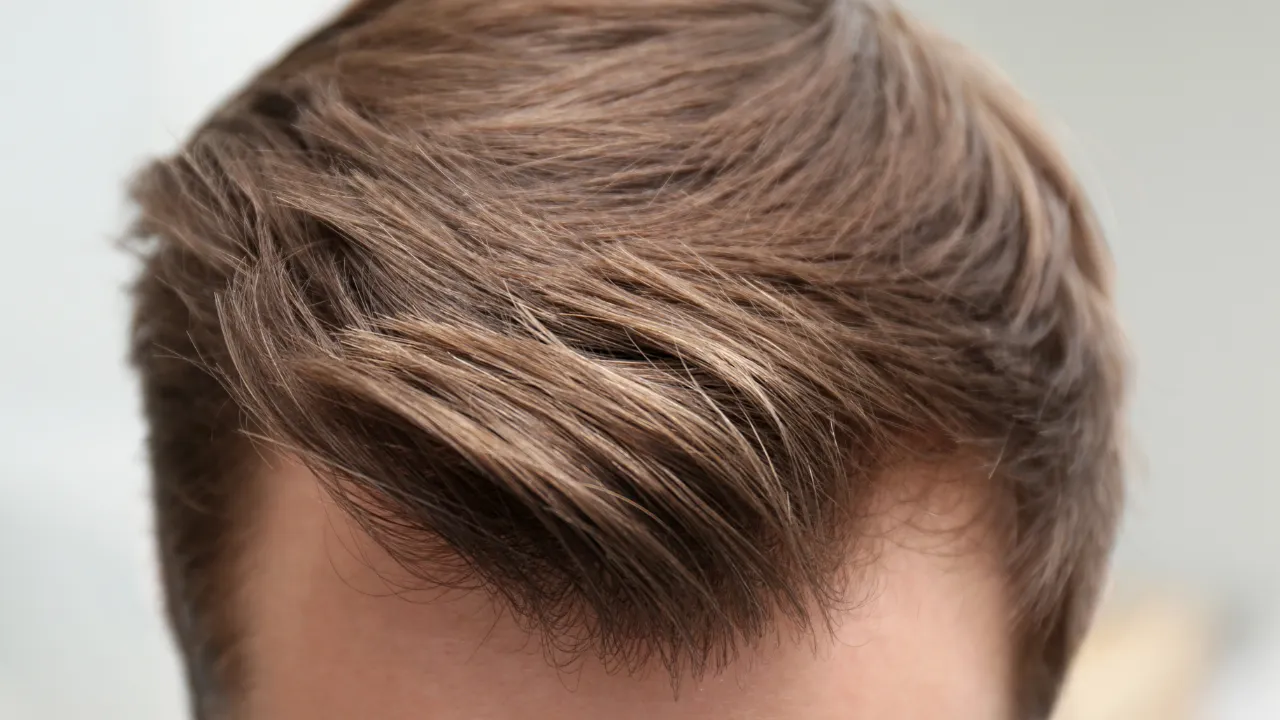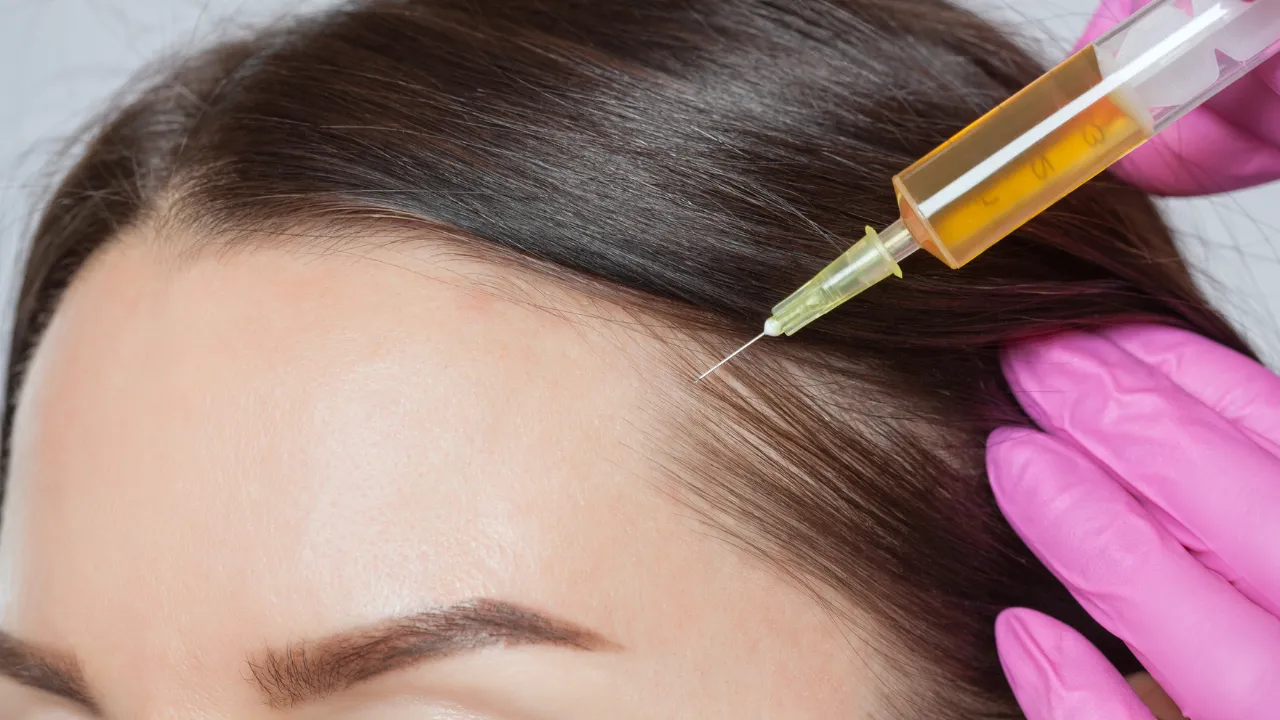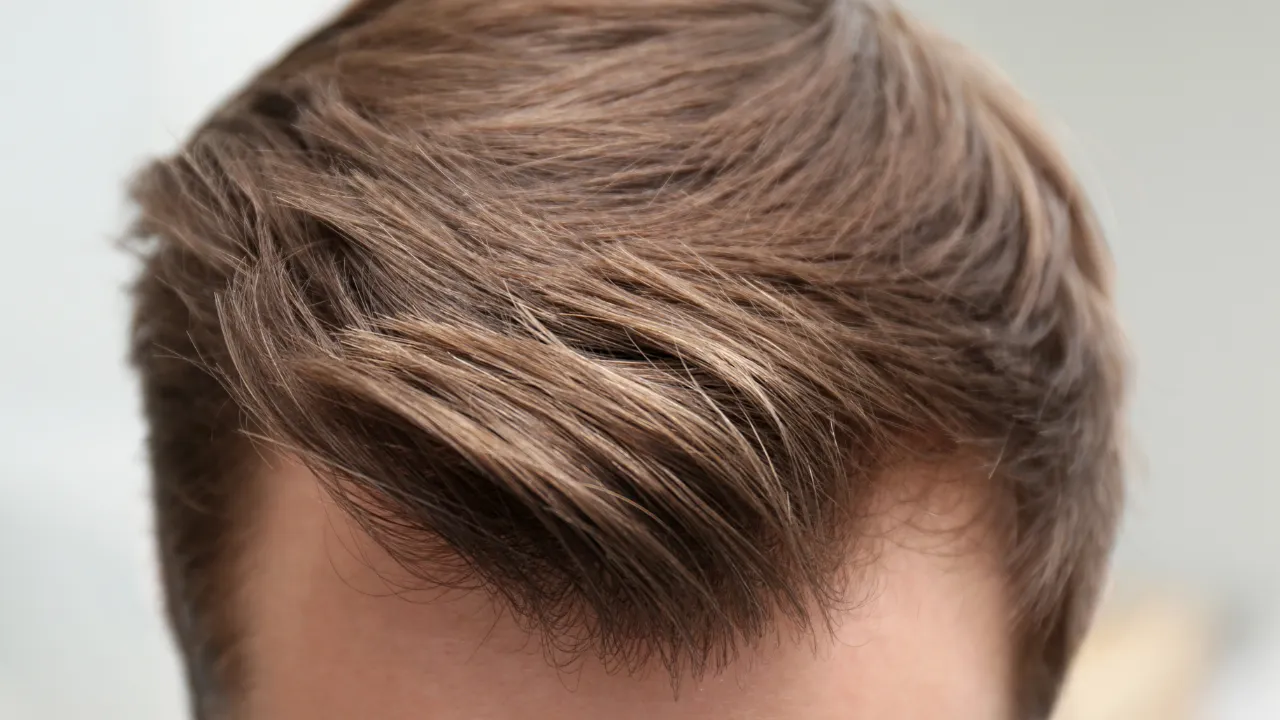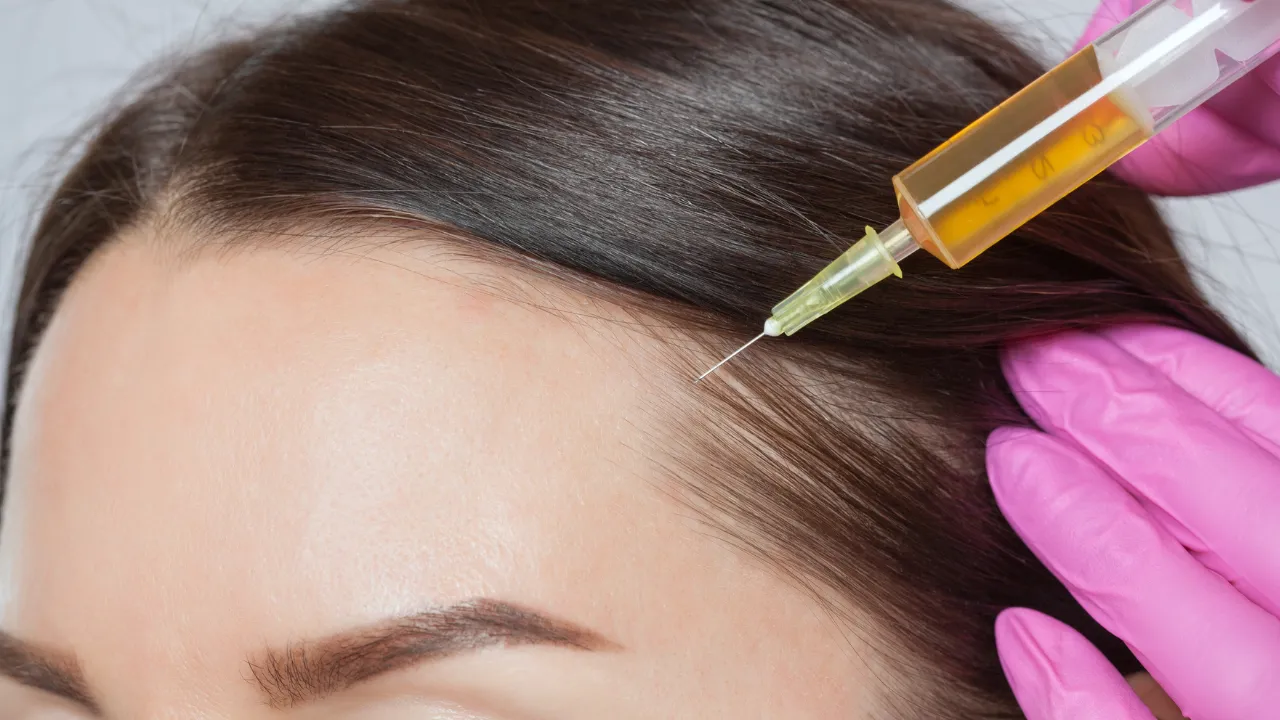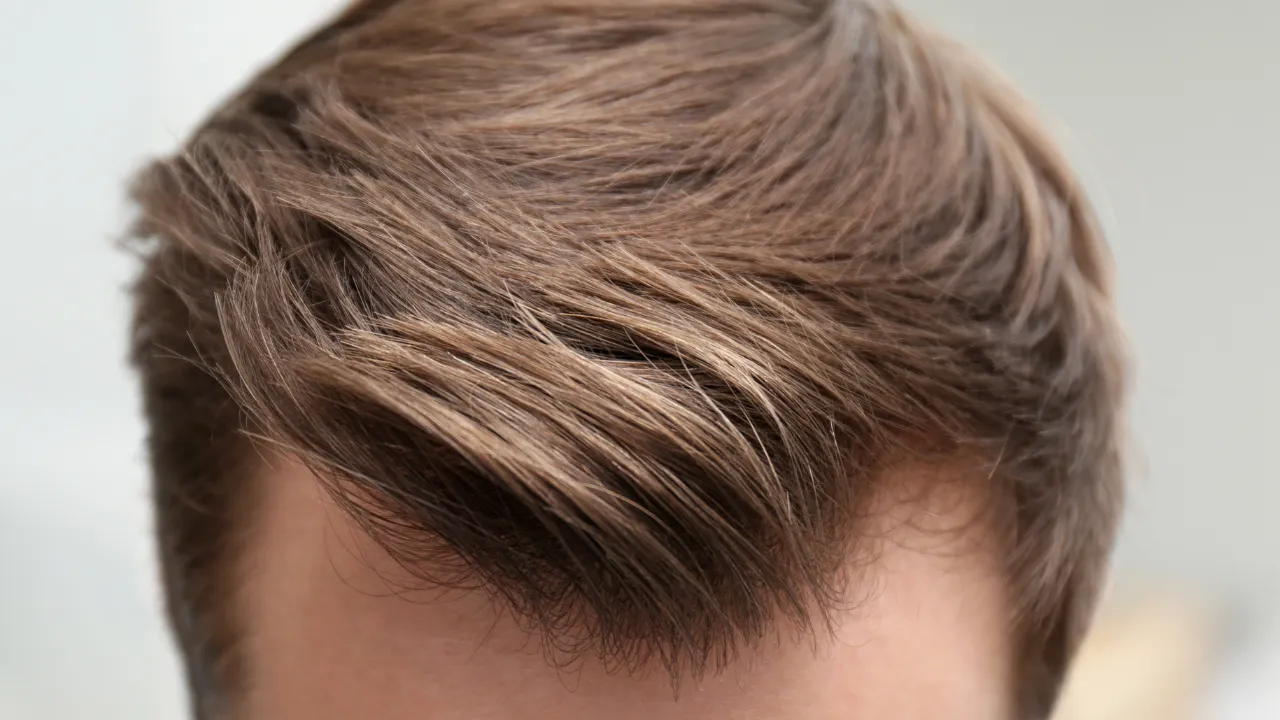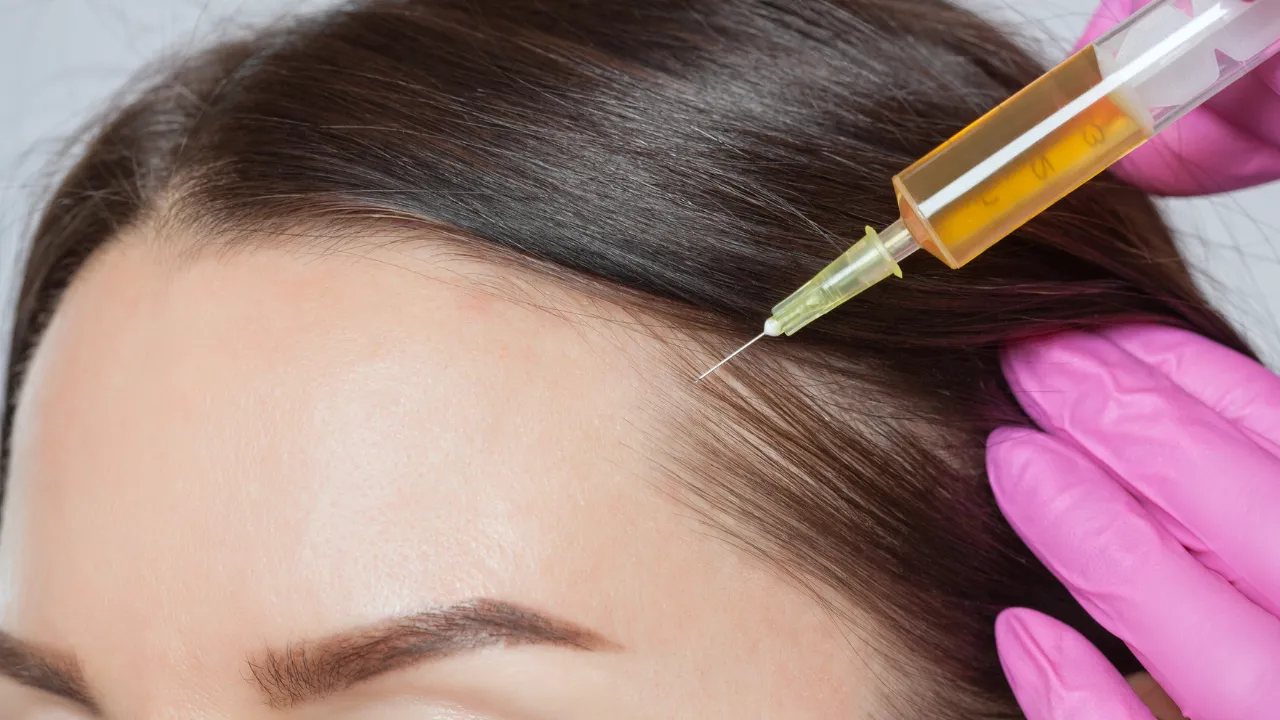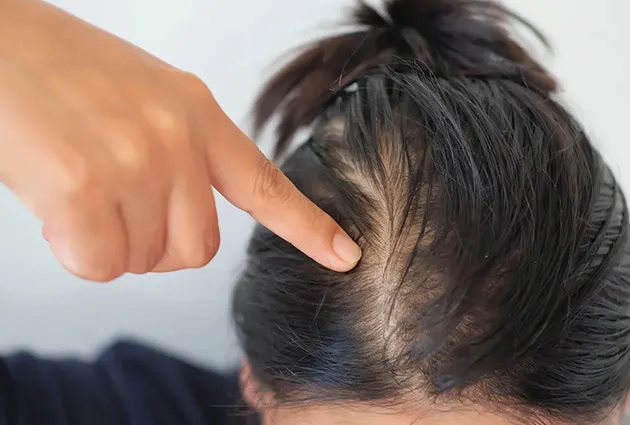Table of Contents
ToggleKopelman Hair has helped countless patients address hair loss with precision and personalized care. Around 42% of men worldwide are bald or have significant thinning hair, and in the United States, roughly 35 million men live with measurable hair loss.
Understanding these numbers (and why) is key to finding the right solution. With over 40 years of combined expertise, Dr. Kopelman and his team provide trusted guidance backed by data, medical insight, and proven treatment options.
Key Takeaways
- About 42% of men worldwide experience noticeable hair loss, with rates varying by country, race, and age.
- One in four men shows signs by 25, and over 50% by 50, based on long-running prevalence studies.
- Male pattern baldness accounts for roughly 95% of hair loss in men, driven by genetics and dihydrotestosterone DHT.
- Early evaluation and treatment can slow progression or restore density, with options tailored to the degree of hair loss.
Baldness Statistics: Global and US
How Many People Are Bald in the World (Men & Women)
About 42% of men experience noticeable hair loss (Source: American Hair Loss Association). When including women, roughly 25% of the global population shows baldness or thinning hair. Rates differ by genetics, lifestyle, and environment across regions.
Percentage of Bald Males by Country
Czech Republic, Spain, and Germany each report over 40% of men with significant baldness (Source: compiled epidemiological summaries). Several East Asian countries report under 20%, reflecting genetic and dietary patterns. These contrasts help explain the regional demand for hair loss treatments.
Percentage of Bald Males by Race
Men of European descent show a 30%–50% lifetime prevalence of noticeable loss. African and Middle Eastern men often range from 20%–30%. East Asian men are typically 10%–20%, reflecting differences in hair follicles and sensitivity to dihydrotestosterone DHT.
Top Countries with the Highest Male Baldness Rates
- Czech Republic – 43%
- Spain – 42%
- Germany – 41%
- France – 39%
- United Kingdom – 39%
- United States – 39%
- Italy – 38%
- Poland – 37%
- Netherlands – 37%
- Canada – 36%
These figures cluster in Europe and North America, where surveys show higher hereditary risk and earlier help-seeking behavior.
How Many Men Are Bald in the US
About 35 million American men have measurable hair loss (Source: U.S. prevalence estimates). By age 50, 50%–60% show visible recession or thinning. Early detection improves response to medications and procedures.
Baldness by Age – Summary Overview
These figures help answer how many men go bald across a lifetime – most men experience some degree of hair loss.
Baldness by Age
By 25
One in four men with hereditary risk notices change before 25 (Source: AHLA summaries). Early action can preserve density and slow progression. Timely evaluation guides the right plan.
By 30
By age 30, one-third of men have a receding hairline or thinning hair. Stress, diet, and scalp habits can worsen shedding. Tracking change with photos supports timely decisions.
By 40
Around 40% have visible baldness by age 40 in population studies. At this stage, combination approaches often work best. Medical therapy combined with procedures can help stabilize and rebuild.
By 50
Half to three-fifths of men show significant loss by age 50. Many consider surgical restoration when medical gains plateau. Planning is tailored to the degree of hair loss and donor supply.
Types and Trends of Baldness
Partial vs. Complete Baldness
Partial loss affects temples or the crown; complete loss involves the top of the scalp. About 12% of men progress to complete baldness in survey cohorts. The degree of hair loss varies widely and guides treatment choice.

Baldness Trends Over Time
Global prevalence appears steady across decades in meta-analyses. Earlier treatment adoption has improved long-term outcomes. Men now seek help closer to the onset.
Why Men Go Bald
The most common causes include:
- Genetic predisposition to DHT sensitivity
- Hormonal changes affecting hair follicles
- Lifestyle and medical conditions
Genetic Factors
Androgenetic alopecia, also called male pattern hair loss, is the primary driver. Hair follicles sensitive to dihydrotestosterone DHT cycle faster and miniaturize over time. Strands become shorter and finer until growth stops.
Dr. Kopelman notes that family history and early signs predict trajectory. Identifying risk early allows targeted therapy to preserve density longer.
Hormonal Changes
Higher DHT levels shrink follicles and shorten growth cycles. Age-related shifts or endocrine conditions can raise risk. Dr. Kopelman reviews labs and history to tailor care.
Lifestyle and Health
Poor diet, chronic stress, and illness can accelerate loss. Alopecia areata may cause sudden patchy shedding. Improving nutrition and managing stress support scalp health.
Impact of Baldness on Life
Self-Confidence and Social Perception
Hair loss can affect self-image and everyday interactions. Many men report feeling older or less confident. Supportive counseling and realistic planning help.
Links to Overall Health
Rapid or unusual loss can signal hormonal or cardiovascular issues. Medical evaluation clarifies risks and next steps. Early assessment prevents delays in care.
Common Myths About Male Baldness
- Wearing hats does not cause baldness.
- Hair loss is not only inherited from the mother’s side.
- Cutting hair short does not make it grow back thicker.
Baldness Prevention and Treatment
Medical Treatments
Minoxidil and finasteride are proven options with measurable benefits in trials. Both can slow or reverse loss in many patients. Discuss potential side effects and monitoring requirements.
Lifestyle Adjustments
Balanced nutrition, stress control, and scalp care support outcomes. Avoid smoking and excess alcohol to protect follicles. Consistency improves results.
Hair Transplant Surgery
For advanced cases, transplants restore coverage with natural design. Dr. Kopelman plans grafting to match pattern, density needs, and donor limits. Many view this as an effective treatment when medications are insufficient.
FAQs About How Many Men Are Bald
Genetic baldness cannot be completely prevented, but early intervention can delay onset and reduce severity. Medical evaluation helps choose appropriate options and track response. Lifestyle support, like nutrition and stress control, may aid outcomes.
Yes. Most men experience hair loss as they get older, with prevalence rising from the 20s through the 50s. Tracking change early supports timely treatment and better long-term results.
You can take control of hair loss with early action and the right plan. Schedule a consultation with Dr. Kopelman at Kopelman Hair to discuss your options and find the most effective treatment for your needs.


